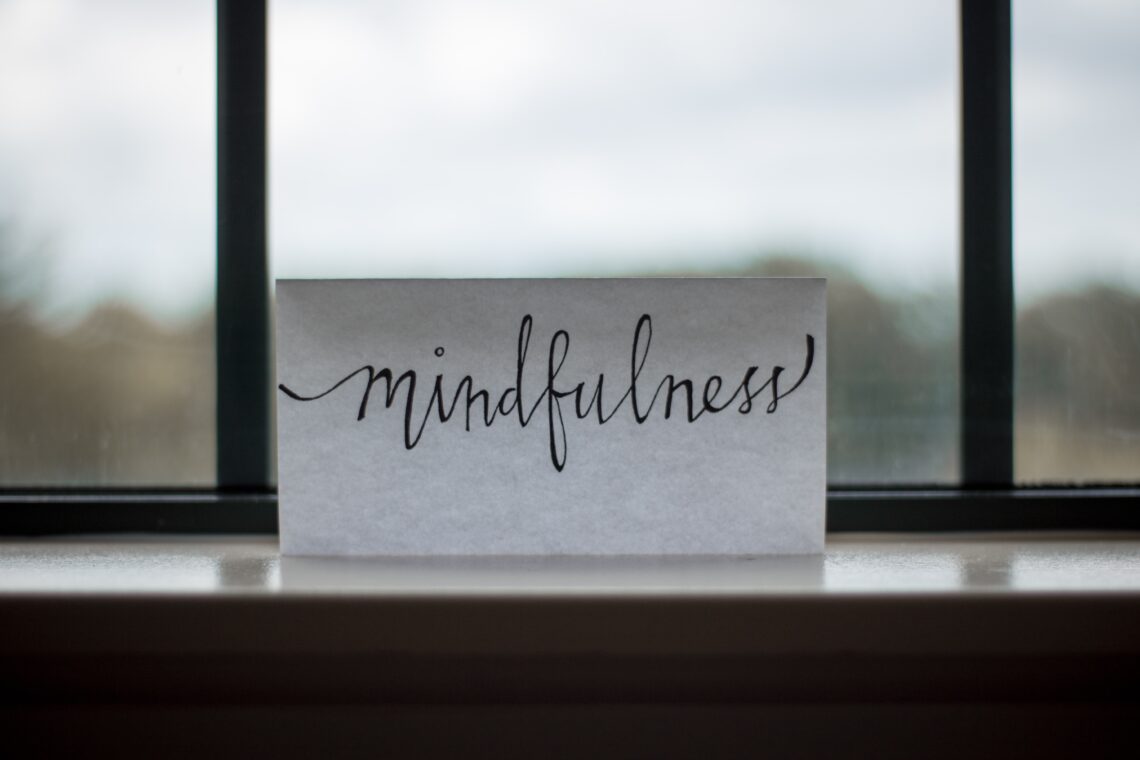Positive affirmations are powerful tools that can help us to rewire our thought patterns and create a more positive outlook on life. Affirmations are statements that are repeated to ourselves to create a positive mindset and help us to focus on our goals. They can be used to help us stay motivated and overcome negative thoughts and feelings.
The power of positive affirmations lies in their ability to help us to change our thought patterns and create a more positive outlook on life. When we repeat positive affirmations, we are actively training our brains to think in a more positive way. This can help us to become more resilient and better able to cope with life’s challenges.
Positive affirmations can help us to focus on our goals and stay motivated. By repeating positive affirmations, we can remind ourselves of our goals and keep our focus on them. This can help us to stay motivated and on track with our goals.
Positive affirmations can also help us to overcome negative thoughts and feelings. By repeating positive affirmations, we can counter negative thoughts and feelings and replace them with more positive ones. This can help us to feel more positive and optimistic about our lives.
Positive affirmations can also help us to become more self-aware. By repeating positive affirmations, we can become more aware of our thoughts and feelings and how they affect our lives. This can help us to make better decisions and create a more positive outlook on life.
Creating positive affirmations can be a powerful tool for rewiring our thought patterns and creating a more positive outlook on life. When creating affirmations, it is important to focus on what we want to achieve and create statements that are specific and achievable. It is also important to be consistent with our affirmations and repeat them regularly.
To get started with positive affirmations, it is helpful to create a list of affirmations that are specific to our goals and our life. This can help us to focus on our goals and create statements that are achievable and meaningful. It is also important to be consistent with our affirmations and repeat them regularly.
It is also helpful to create a positive environment for our affirmations. This can include listening to uplifting music, reading positive books, and surrounding ourselves with positive people. This can help us to stay motivated and focused on our affirmations.
Finally, it is important to be patient with ourselves when using positive affirmations. It can take time to rewire our thought patterns and create a more positive outlook on life. It is important to be patient and consistent with our affirmations and trust that they will help us to create a more positive outlook on life.
Positive affirmations are powerful tools that can help us to rewire our thought patterns and create a more positive outlook on life. By repeating positive affirmations, we can focus on our goals, stay motivated, and overcome negative thoughts and feelings. It is important to be consistent with our affirmations and create a positive environment for them. With patience and consistency, positive affirmations can help us to create a more positive outlook on life.
For more information on the power of positive affirmations, Verywell Mind provides an in-depth look at how positive affirmations can help us to rewire our thought patterns. HuffPost provides an overview of how positive affirmations can help us to create a more positive outlook on life. Psychology Today provides advice on how to create effective positive affirmations. Mindbodygreen provides tips on how to create a positive environment for our affirmations. Finally, Verywell Mind provides a list of positive affirmations for self-esteem.








